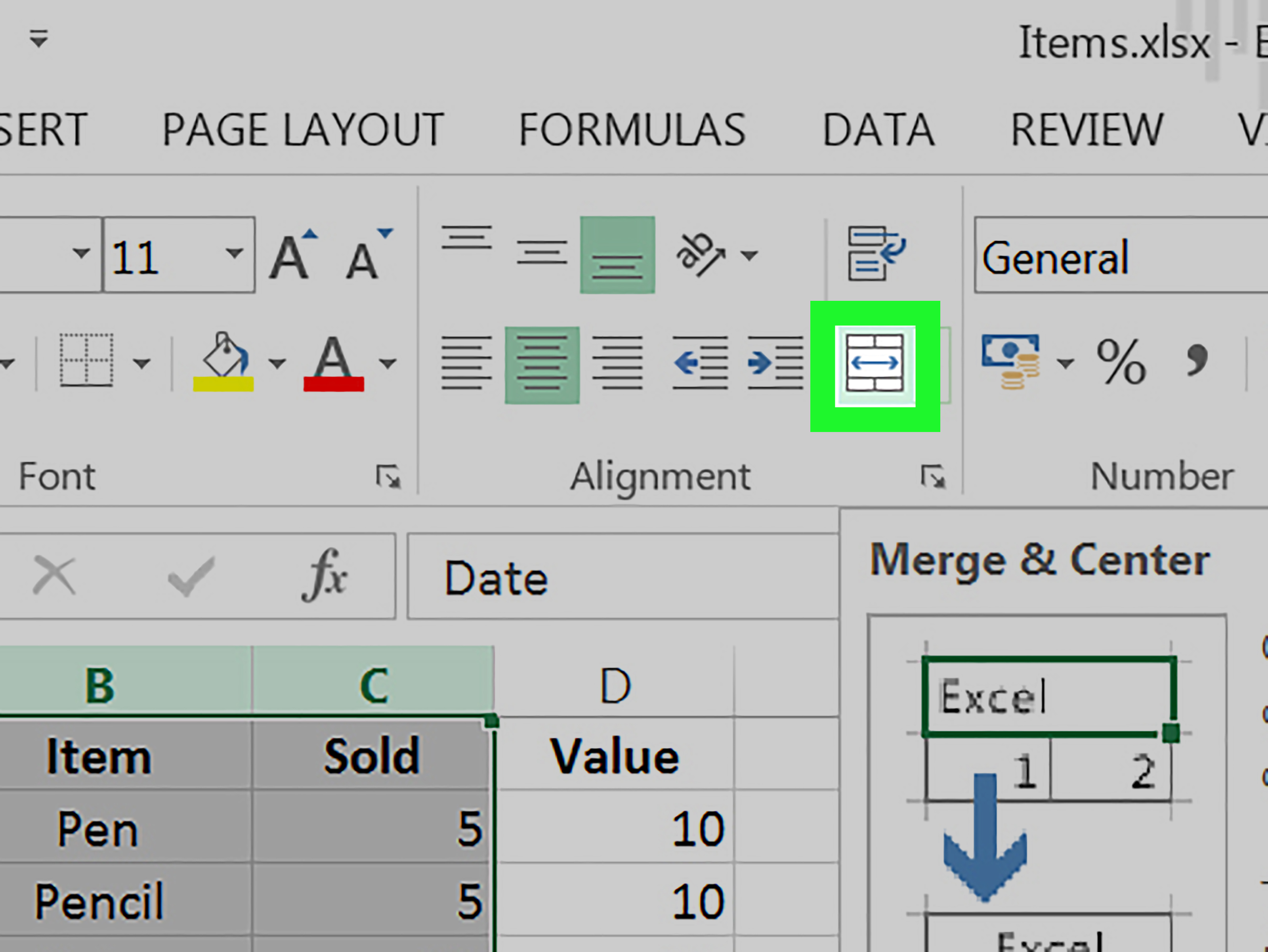3 Ways to Link Cells Across Excel Sheets Easily

Linking cells across different sheets in Excel can significantly enhance the efficiency and effectiveness of your data management tasks. Whether you're compiling financial reports, managing inventories, or tracking project milestones, understanding how to connect and update information seamlessly between sheets is crucial. Here are three straightforward methods to link cells across Excel sheets, ensuring your data remains synchronized and up-to-date with minimal effort.
Using Cell References

One of the simplest ways to link data is by using cell references across sheets. This method allows you to have a master sheet where you can see all the data while changes made in one sheet automatically update in others.
- Open your Excel workbook.
- Click on the cell where you want to insert the data.
- Type
=and then click on the sheet tab from which you want to pull the data. - Navigate to the cell you wish to reference and click on it. The formula will look like this:
=Sheet1!A1, where "Sheet1" is the name of your source sheet, and "A1" is the cell reference. - Press Enter to complete the reference.
💡 Note: When linking cells, make sure the source sheet and target sheet are in the same workbook for this method to work seamlessly.
Using Named Ranges

Named ranges provide a more flexible approach, especially when dealing with larger datasets or when you want to make formulas easier to read and manage.
- Select the range of cells you want to name.
- Go to the Formulas tab and click on Define Name.
- In the dialog box, enter a name for your range and confirm with OK.
- Now, when linking to this named range, you can type
=YourNamedRangein any cell of any sheet. Excel will automatically pick up the referenced data.
🔍 Note: Named ranges are workbook-specific, meaning they're available across all sheets within the same workbook.
Using Excel Functions like INDIRECT

For more dynamic linking, especially when you need to reference data from various sheets based on some logic, the INDIRECT function is incredibly useful.
- Type
=INDIRECT(in the cell where you want to display the linked data. - Provide a reference to the cell in quotes that contains the name of the sheet and cell you wish to pull data from. For example, if A1 in Sheet1 contains the text "Sheet2!B2", then
=INDIRECT(A1)will show the contents of B2 from Sheet2. - Close the parenthesis and press Enter.
This method is particularly handy for scenarios where the sheet names or cell references might change, offering a level of dynamism to your data linking.
In summary, linking cells across Excel sheets can transform how you manage data, making your work more efficient, organized, and less prone to errors. Whether you use direct cell references for simplicity, named ranges for clarity, or dynamic functions like INDIRECT for flexibility, Excel offers multiple pathways to connect your data. By mastering these techniques, you'll be able to:
- Automate data updates across sheets.
- Reduce manual data entry errors.
- Streamline your workflow with interconnected data sets.
Implementing these methods can make a substantial difference in how you handle data, turning Excel from just a spreadsheet tool into a powerful database management system.
Can I link to external workbooks?

+
Yes, Excel allows you to create links to cells in other workbooks using the same methods, but you’ll need to ensure that the external workbook is always accessible for the link to work properly.
What happens if I change the name of the source sheet?

+
If you rename the source sheet, any links that reference the old name will show errors. Update the references in the linked cells manually or use functions like INDIRECT to mitigate this issue.
How can I avoid circular references when linking cells?

+
To avoid circular references, ensure that the output of one linked cell isn’t being fed back as input to any cell in the chain. Keep a logical flow of data.